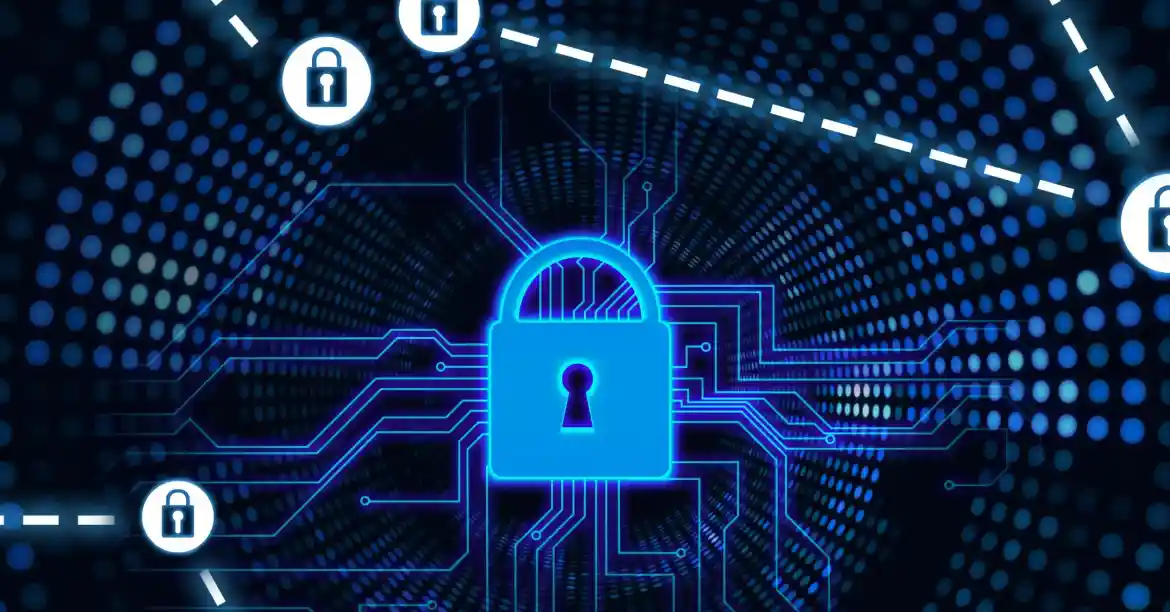Protect Your Business from Cyber Threats in 2021
Date: 11 May 2021

Cybersecurity is a huge concern for small to medium businesses. Cybersecurity threats have amplified in 2021 since the advent of the COVID-19 pandemic and the ensuing ‘Work from Home’ reality that it has created the world over. Businesses need to have a solid strategy for cybersecurity and a robust incident response plan if they intend to stay afloat in the face of cyber attacks in 2021.
To make the urgency of the situation clearer, sample these statistics on cyber threats and security. The cost of cybersecurity in 2015 was $3 trillion. By the end of 2025, experts predict that cybersecurity spend could reach $10.5 trillion every year.
Small to medium businesses are a prime target for cyber-attacks. They account for up to 43% of the global attacks. Yet, a paltry 14% of such businesses have proper security measures in place to protect themselves against various types of malware and different cyber attacks such as Distributed Denial of Service attacks or DDOS attacks, spear phishing and other common security incidents.
No wonder then that up to 66% of businesses have reported becoming victims of cyber-attacks within the last year.
Home working increases cybersecurity fears
2020 saw the world grapple with the Coronavirus pandemic. And, cybercriminals took this time to perfect their trade. As most people around the world started working from home, it became apparent that not all organisations have the infrastructure to provide security solutions in a remote working environment.
The FBI cyber division got at least 4,000 cyber-attack complaints every day in a few months after the pandemic began. This signifies a staggering 400% increase in cyber crime during the pandemic period. Ransomware attacks went up by 800%. The level of sophistication amongst cyber-criminals was and clearly still is on the rise.
Top cybersecurity trends and threats in 2021
There are many cyber threats that your business faces in 2021. Apart from the fact that most employees are working from home, other cyber risks to your business include:
- Cloud-based threats that increase because of digital transformation. Cloud computing comes with its own security risks, making cloud security extremely critical for small to medium enterprises.
- Insider threats from the company staff and stakeholders. These threats could be an outcome of malicious intent or of pure negligence. Investing in employee cybersecurity education and training, therefore, becomes even more important in 2021. Additionally, remote work endpoint security for people is crucial. Without the correct remote working security measures in place, they are at risk.
- Phishing attacks to gain entry, access to sensitive information or introduce malware into your business networks continue to be a huge threat in 2021.
- Malware where the hackers steal, delete, or encrypt data, is one of the biggest cyber risks.
- Ransomware attacks where the hacker holds your data hostage until you pay the ransom amount can cost your small business a pretty penny.
- IoT devices that are in the developmental stage may lead to vulnerabilities for your business.
The list above is by no means exhaustive. Take the time to arm yourself with relevant knowledge to deal with these cybersecurity risks of 2021.
So how can you keep your business secure with remote workers?
Every business that is serious about its bottom line and reputation has to invest in its cybersecurity this year. While cybersecurity has always been a major concern, small and medium enterprises have never been as much at risk as they are in the pandemic.
Here are some sure-shot ways of keeping your business secure, especially when a bulk of your employees are working from home:
1. Educate employees and have a strong incident response plan
Educate employees in the basics of cybersecurity and keep them up to date with all the threats your business is exposed to. Insider threats are a major cause of vulnerabilities today. Teach them how to identify threats and what to do in case they encounter a suspicious file or email. Keeping everyone in the loop is critical.
You also need to have a solid cyber incident response plan against cyber-attacks. It should be a document that highlights the six vital phases of an incident response plan. It should clearly detail the courses of action that all employees have to adopt in case of an attack.
2. Invest in business security
You need proper security software for the efficient functioning of your company. Invest in antivirus, anti-spam filters, and antispyware and make sure that you keep up with the updates. Remove any extensions or software you are not using.
Back-up data and have strong passwords for your systems. Instead of the normal passwords, consider passphrases. It requires the use of phrases or a collection of words, making it more difficult to crack. Multi-factor authentication is also critical for extra safety.
Apart from software, you also need to evaluate the cyber health and resilience of your organisation. You can either invest in a one-day health checkup that will give you an overview of your cyber incident response capabilities. Otherwise, you may want to consider a detailed breach readiness assessment by an expert. Such an assessment can give you a complete picture of your organisation’s ability to respond and deal with inevitable cyber incidents.
3. Put in place data encryption
It is important to encrypt any data you have on the online space. It makes it harder for hackers to steal, destroy or tamper with it. Avoid the use of public wifi systems.
It is a good idea to install a proxy to encrypt your data. You also get other benefits. Residential Proxy, for example, provides online anonymity. The hackers cannot see or track your online activities making your data more secure.
4. Keep a watch on staff online activities
Keep track of what your employees do when online. Restrict access to non-essential sites. Check that they store their devices in a secure place when not in use. Discourage them from using public wifi on office devices. Scan any hard drives or USB sticks before allowing use.
5. Keep up with audits
You must also always be cognizant of administrative processes and security requirements for your business. Find out if any cybersecurity audits are mandatory for the industry your business operates in. For example, in the Middle East, banks and financial institutions are subject to regulations on Business Continuity Planning & Testing. In North America, power companies may have to comply with NERC CIP standards. All such requirements need to be evaluated and steps have to be taken to achieve compliance with these regulatory standards.
Schedule frequent audits for systems that carry a lot of customer and financial data. They are popular targets for hackers. You can also consider testing your cyber incident response plans with incident response tabletop exercises if your business is particularly vulnerable to cyber-attacks. These tabletop workshops can help you ascertain if your cyber incident response plans are fit for purpose and effective enough to protect your business in case of a breach.
Conclusion
It is true that the phenomenon of remote working has made businesses more vulnerable to cyber-attacks in 2021. Further, the regular cyber threats of phishing, malware, DDOS attacks, SQL injections will always remain ubiquitous. However, with a little thought and investment into your cybersecurity infrastructure and cyber resilience, you can definitely protect your business from any major cyber attacks and ensuing damage in 2021.
Author: Daniel Martin

Daniel Martin has hands-on experience in digital marketing since 2007. He has been building teams and coaching others to foster innovation and solve real-time problems.
Daniel also enjoys photography and traveling.







